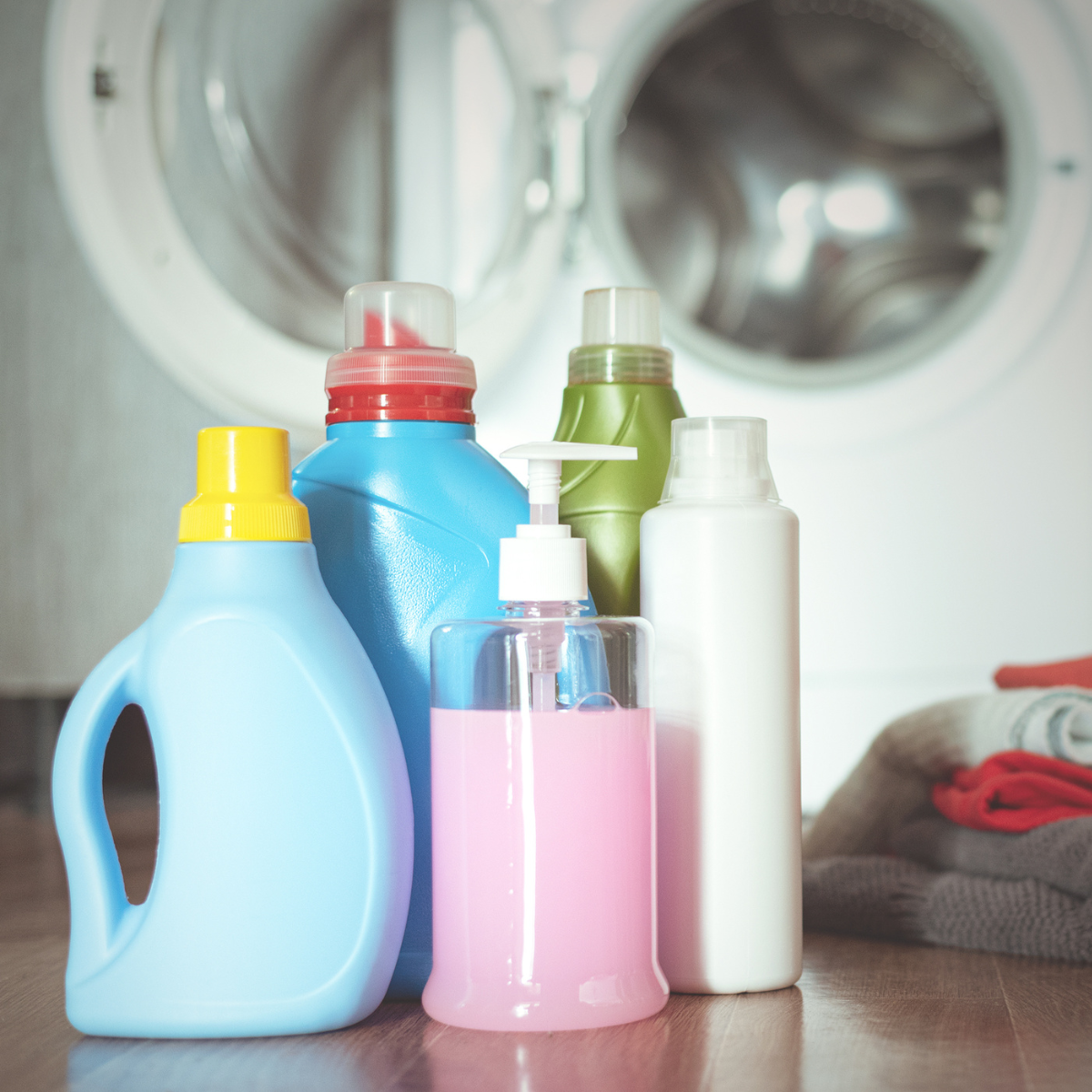Environmental and Toxic Tort Advisor
Cleaning Up Some Misconceptions About New York’s Laundry Detergent Ban
June 12, 2023

Liana M. Nobile
Jersey City

Earlier this year, the news was rampant with misleading stories that New York became the first state in the union to ban certain laundry detergents for containing 1,4-Dioxane after a third-party lab conducted testing on certain detergents. Fuel was added to the fire as reports of this “laundry detergent ban” spread quickly across social media such as TikTok. Despite the claims being made by social media influencers, New York did not ban any laundry detergent products. Rather, effective, January 1, 2022, New York amended its Environmental Conservation Law (ECL) Articles 35 and 37 to establish limits on the amount of 1,4-Dioxane that is permitted to be present in household cleaning, personal care, and cosmetic products sold or offered for sale in New York.
The amended maximum allowable limits were set at 2 PPM for household cleaning and personal care products and 10 PPM for cosmetics. The current 2 PPM limit for presence of 1, 4-Dioxane in detergents and cleaners is expected to be further lowered to 1 PPM by the end of 2023 though many interest groups are calling for the eradication of 1, 4-Dioxane in household products, entirely.
1,4-Dioxane, a colorless liquid with a faint sweet odor is a heterocyclic organic compound and it is classified as an ether. It is used as a solvent (for inks, adhesives, and cellulose esters), as a stabilizer for transporting chlorinated hydrocarbons in aluminum containers, and as a substitute for tetrahydrofuran in some processes because it has a lower toxicity and higher boiling point than tetrahydrofuran. From a defense standpoint, it must be noted that 1,4-Dioxane is only detectable by lab equipment and has been found in many household and other products (including paint strippers, dyes, greases, antifreeze, aircraft deicing fluids, food supplements, food containing residue from packaging with adhesives, food crops treated with pesticides that contain 1, 4- Dioxane), making it difficult to pinpoint any guaranteed exposure sources in plaintiffs. Further, 1, 4-Dioxane is short lived in an air environment and, per the CDC fact sheet for 1, 4-Dioxane, only has a half-life of one-three days and though it biodegrades more slowly in the water and soil, the EPA has classified it only as “likely to be carcinogenic to humans,” though in 1988 the California added 1, 4-dioxane to a list of chemicals “known” to cause cancer.
The inaccurate reporting regarding the so called “laundry detergent ban” claimed that certain detergents did not comply with New York’s laws regarding limitations on the presence of 1, 4-dioxane in final products sold to consumers and made misleading statements to the public that these noncompliant laundry detergents and household products were illegal or banned. These sensationalist reports were also misleading in that they largely glossed over the fact that 1, 4-dioxane is not an ingredient in laundry detergents and household cleaning products but is simply a by-product that can occur during the manufacturing process of these household items and is typically only present in very low trace levels, if at all, in the detergents and cleaning products improperly reported as having been “banned.”
Language is important, and despite claims made across social media, it was not brands that were banned, but certain formulations of brands that would no longer be acceptable under the amended 2 PPM limit. In reality, manufacturers were permitted time to reformulate their at-risk brands to comply with the new limits and, by the time of the drafting of this post, many popular brands have already done exactly that, well ahead of the statutory deadlines set by the New York State Department of Environmental Conservation. The law also permits products exceeding the 1, 4-Dioxane limit to be sold in New York if they have a waiver from the DEC, which some products have already received. The waiver allows manufacturers additional time to achieve compliance with the lowered 1, 4-Dioxane allowable limits.
Given the attention already seen with respect to this topic, we can expect more and more cases to pop up related to 1, 4-Dioxane exposure over the coming years, especially as potential claimants are fueled by social media fires. As these cases arise, it is important to remember to engage experts early to assist in developing defense strategies with counsel from the start of litigation. These include consideration of all possible avenues of exposure and alternate theories of causation and staying abreast of changing standards. With the recent trend of holding manufacturers to stricter and stricter environmental standards, especially with respect to new and emerging chemicals, it is certain that laundry detergent will not be the last product under the microscope.
About The Blog
Our environmental law and toxic tort attorneys will provide you with news, legal updates, and commentary on environmental and toxic tort liability issues. We hope you find our content informative and helpful as you deal with the ever-changing challenges toxic tort and environmental matters pose to your organization. To receive updates directly to your inbox, click here.
Disclaimer: The information contained in this publication should not be considered legal advice, is not a substitute for legal counsel, and should not be relied on as such. In some jurisdictions, this is considered advertising. For legal advice or answers to specific questions, please contact one of our attorneys.
